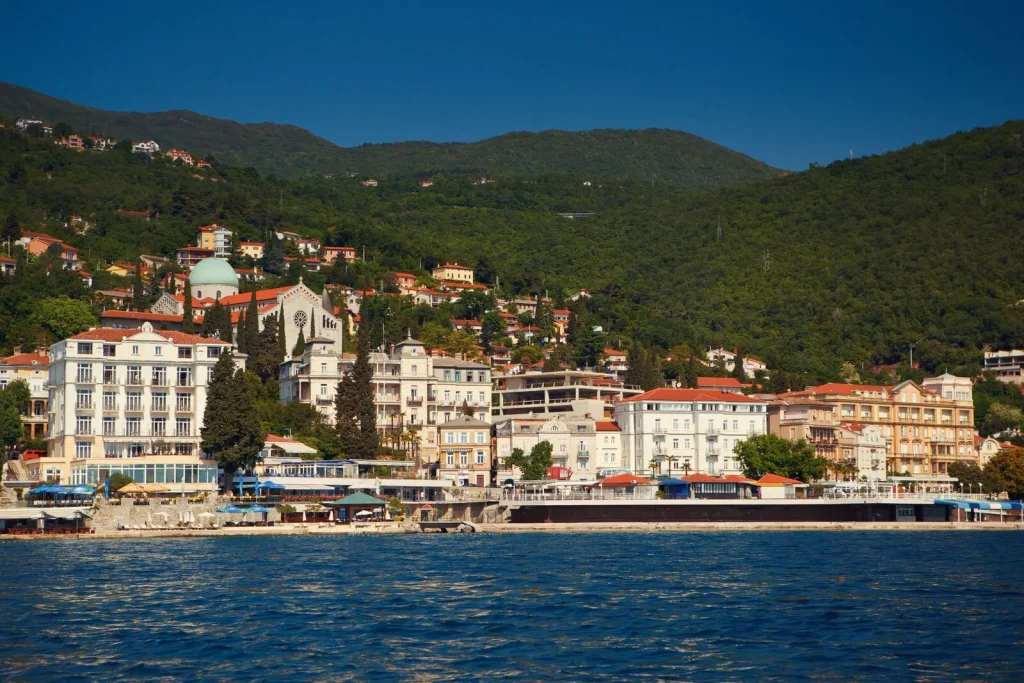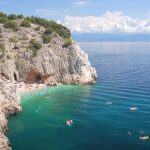Opatija, Abbazia, the Old Dame. The charming town in Kvarner bay is known as one of the pioneers of organised tourism in Croatia, with over 100 years of tradition to its name. A look at some highlights on January 12, 2018
1. Location, location, location
Opatija has a perfect geographic position: it’s a Kvarner town located on the very border with Istria, easily reachable from multiple neighbouring countries. It won’t take you long to drive in from Slovenia, Italy, or even Austria. Flying in? Zagreb is two hours away, Rijeka airport on Krk island a bit over an hour, and getting to Opatija from Pula won’t even take a full hour. The same applies to day trips from Opatija, with the entire Kvarner bay at your disposal, and you can hop to Rijeka or the islands of Krk, Cres and Lošinj in no time. Opatija also makes for a great base if you want to explore Istria.
2. From the dawn of tourism…
While Hvar island might be the official pioneer of organised tourism in Europe (150 years!), the Dalmatian island has some serious competition, as the first holiday home in Opatija was built in 1844 – 174 years ago. While we can’t exactly speak of organised tourism at that point in time, Villa Angiolina hosted famous historical figures since it first opened its doors, including Emperor Franz Joseph I, Empress Maria Anna and the Croatian Ban Josip Jelačić. Owing to the line of renowned guests who stayed at the villa, the year is considered to mark the beginning of tourism in Opatija.
3. …to accommodation wonderland
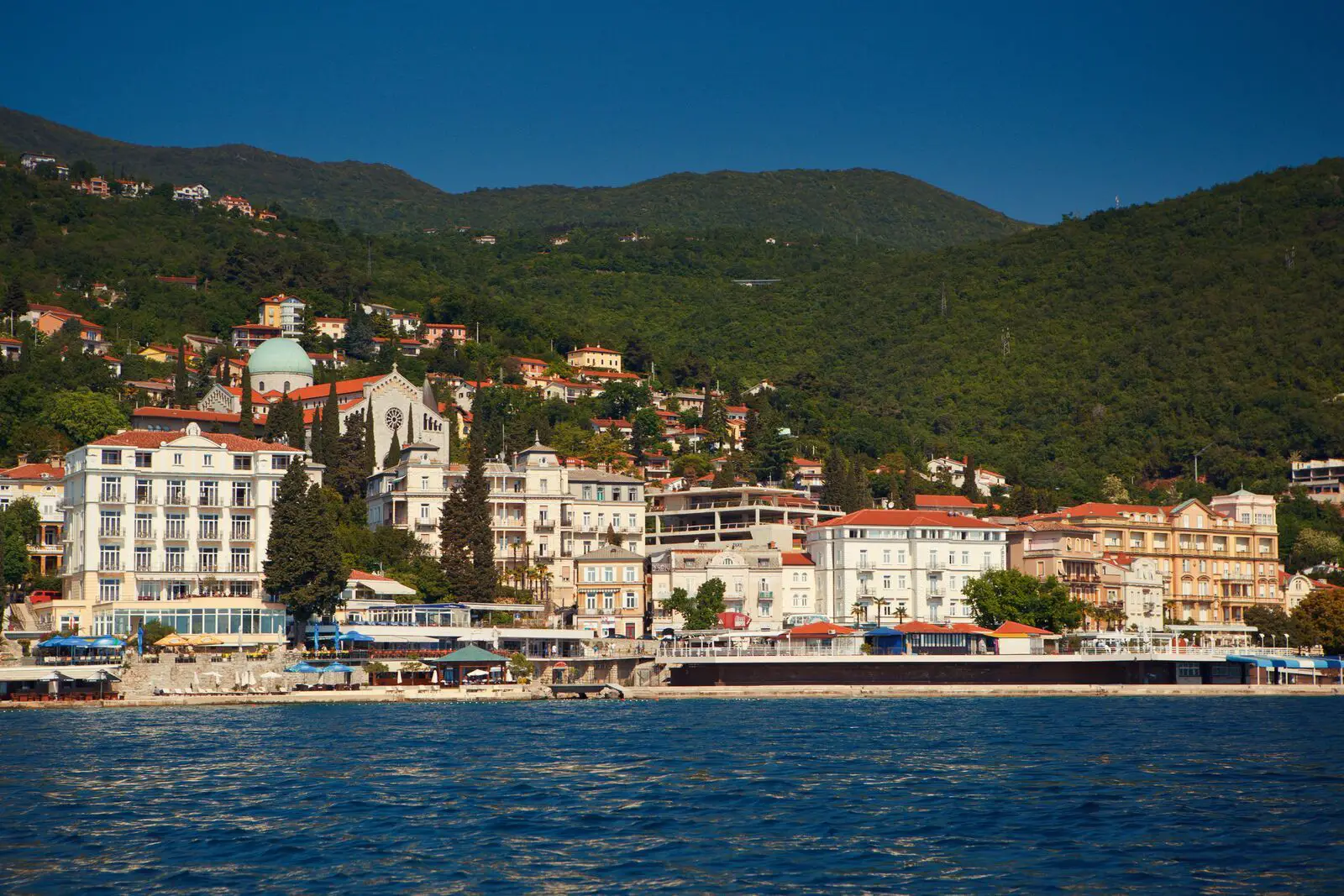
Romulic and Stojcic
Seeing that Opatija was part of the Austrio-Hungarian Empire in the 19th century, it didn’t take long for the royal elite to discover the appeal of the Kvarner gem. In 1873, the Viennese company Austrian Southern Railway opened a line to Rijeka and made it considerably easier to reach Opatija; not long after, the first two hotels were built, and the town quickly developed into a holiday destination.
The wealthy were flocking to Opatija like flies to honey before the 20th century rolled around, escaping the continental winters to enjoy the favourable Mediterranean climate. More and more hotels were popping up in town as years went by, transforming Opatija into a renowned resort destination with more than 30 hotels and countless villas, apartments and rooms at your disposal.
4. Maiden with the seagull
Arguably the most iconic symbol of Opatija, the sculpture of a young girl with a seagull perched on her palm is located on the promenade in the town centre. The sculpture was made by Zvonko Car in 1956, and it took 55 years for a certain Mrs Jelena Jendrašić for Crikvenica to reveal she was the model for the bronze girl. Fun fact: the original version featured a fish in the seagull’s beak which vanished without a trace at one point in time. A storm? Vandals? Nobody knows.
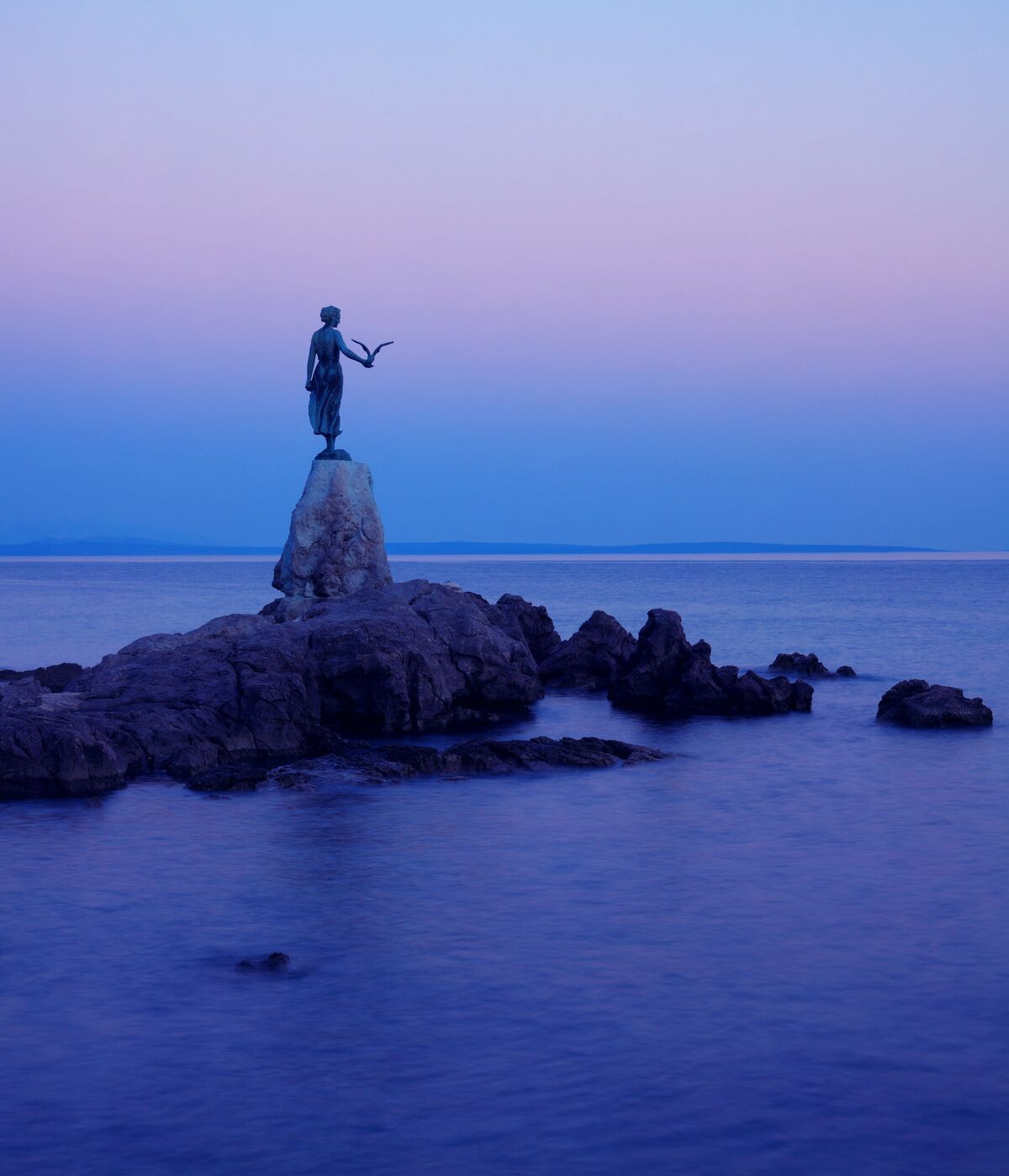
Romulic and Stojcic
5. Wellness hub
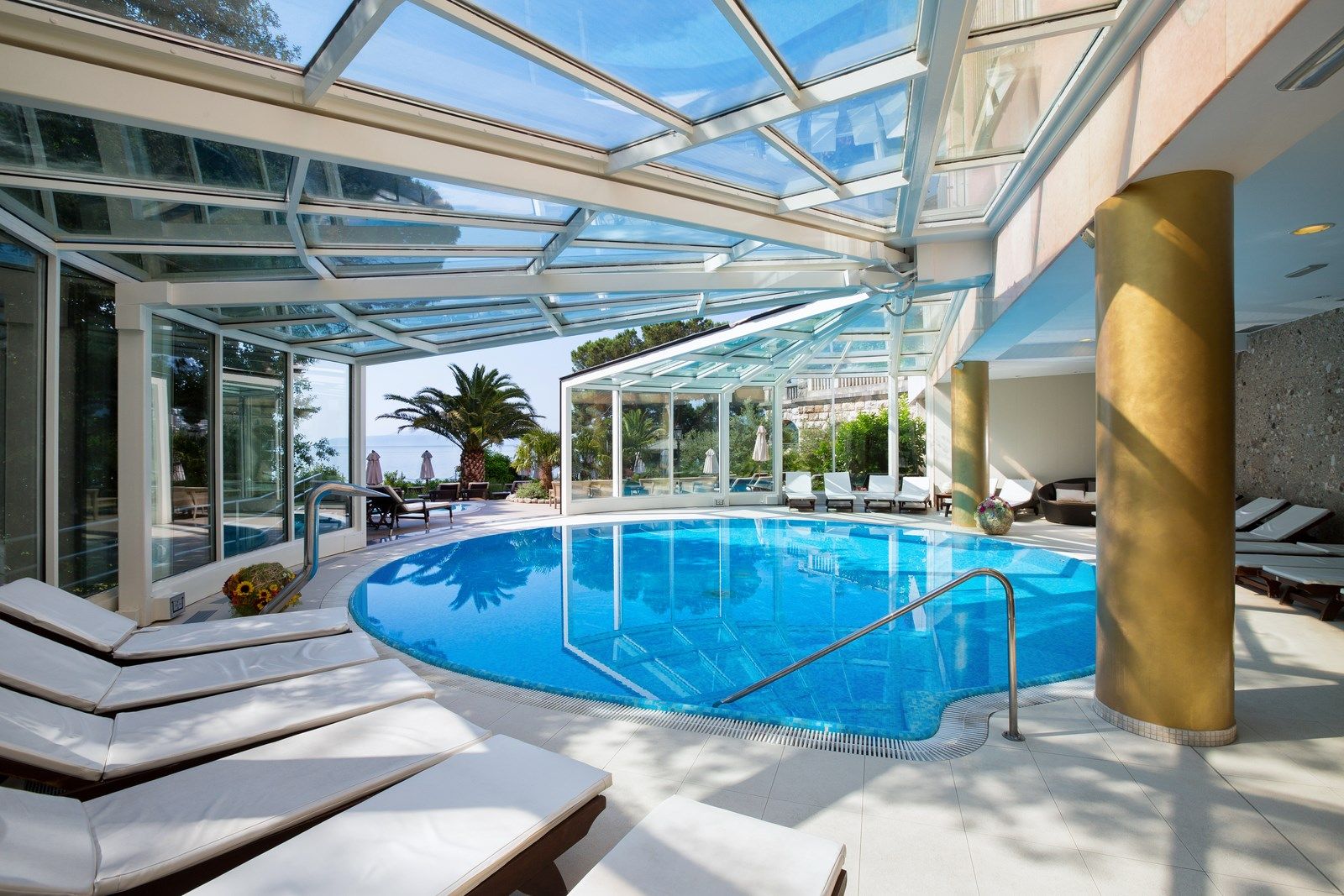
The pleasant climate mentioned above has always been one of Opatija’s most attractive features, and it makes no surprise the town grew to become a famous wellness destination. Franz Joseph I declared Opatija a spa town in 1889; from the 19th-century elites gathering in Opatija in colder months of the year to the current impressive offer of wellness services in Opatija’s most distinguished hotels, the town has remained a desirable destination for those who want to relax and recharge their batteries while getting pampered in well-equipped facilities.
6. Congress tourism
With such a large number of 4 and 5 star hotels packed in a relatively small town, it’s no wonder Opatija is known as a reputable destination for congress tourism. Multiple hotels dispose of state-of-the-art facilities for business events – read more here.
7. The other Pearl of the Adriatic

While Dubrovnik is widely known as the ‘Pearl of the Adriatic’, did you know that Opatija shares the same nickname? It’s virtually impossible to track down which destination got it first, so instead of fighting over it, let’s call it even and say one is a pearl of the southern Adriatic, and the other a pride of the northern part of the coast.
8. First sailing club in Croatia
How could a holiday town on the coast not have a long history of sailing to match? In 1877, an Austrian cartographer and writer named Heinrich von Littrow founded the first sailing club on the Adriatic coast in Opatija, naming it Union Yacht Club Quarnero. More than a century later – in 1990, to be more precise – ACI Marina Opatija was opened in the nearby town of Ičići as the 18th marina in the prestigious Croatian network. Learn more here.
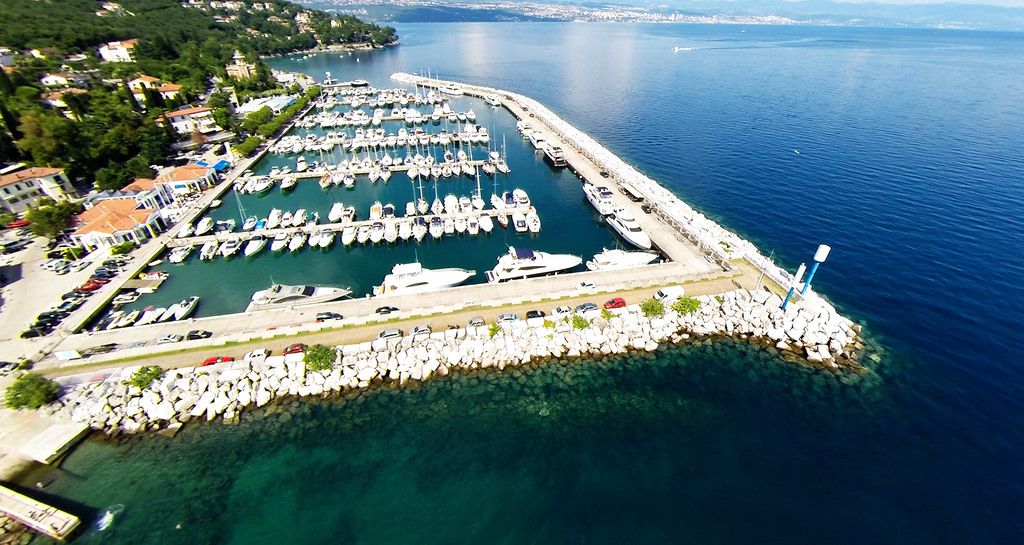
ACI Marina Opatija / Flickr
9. Lungomare
One of Opatija’s most beloved features is the seaside promenade that spans from Volosko town all the way to Lovran, with Opatija standing as the centrepiece. Officially named the Franz Joseph I Promenade, the lovely trail is commonly referred to as Lungomare and measures around 10 kilometres in length. The northern part from Volosko to Opatija was built in 1889, while the second leg to Lovran was completed in 1911. On weekend mornings, you’ll find plenty of tourists and locals taking a relaxing walk in the fresh air, every now and then stopping to take a photo of the stunning scenery.
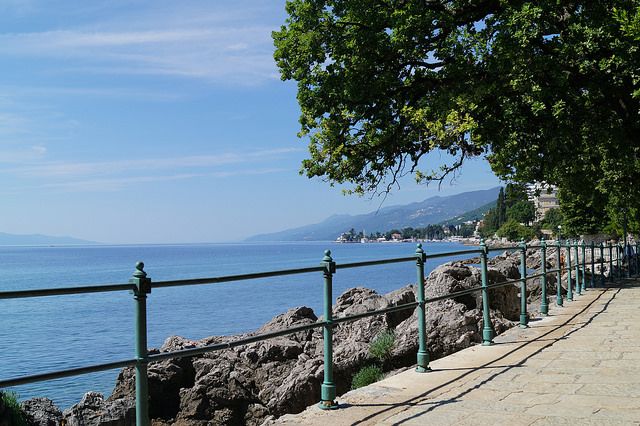
Lungomare / Jeremy Sutcliffe on Flickr
10. Famous guests: Einstein
Royalty aside, Opatija welcomed many a famous guest in its long history of tourism, the most renowned being Albert Einstein. He popped by for a visit in 1932, and the occasion was later honoured by a memorial plaque installed by the Croatian Society ‘Albert Einstein’ in 2006:
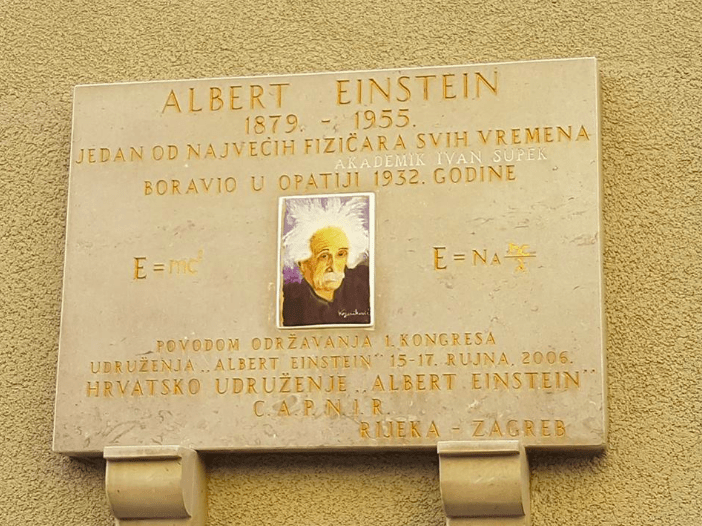
P. Bradbury
11. Famous guests: literary giants
More name-dropping: judging by the long list of writers who stayed in Opatija for a while, the town must have provided a perfect source of inspiration for those suffering of a writer’s block. Famous authors who visited Opatija include Sergei Yesenin, Vladimir Nabokov, Anton Pavlovich Chekhov and James Joyce, the last one probably visiting from Pula where he taught English in 1904. Joyce called Pula ‘a provincial backwater’ – let’s hope he had a more generous opinion of Opatija.
12. Famous guests: legendary composers
Take a walk along the Lungomare and you’ll hear mellow jazz and classical pieces setting the atmosphere on every hotel terrace in town. Opatija’s love affair with music dates back a hundred years; Italian composer Giacomo Puccini spent his summers there, and Gustav Mahler visited the town on three separate occasions: in 1900, 1901, and finally in 1904, when he brought his wife Alma Mahler-Schindler to experience his favourite destination.
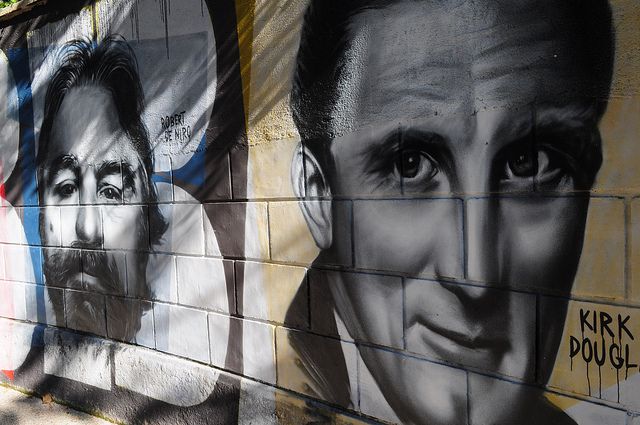
Toni Almodóvar Escuder on Flickr
13. Wall of Fame
All those famous guests mentioned above are united in a single location in Opatija, the so-called Wall of Fame in Angiolina Park. The wall of the Open Air Theatre is covered in a massive mural featuring portraits of Opatija’s iconic guests and other famous names who were born in the town. Einstein and Joyce are joined by Isadora Duncan, Robert De Niro, Kirk Douglas, and Auguste and Louis Lumiere. The wall also features an empty spot for visitors to take a photo – next to the inscription ‘I was in Opatija too!’
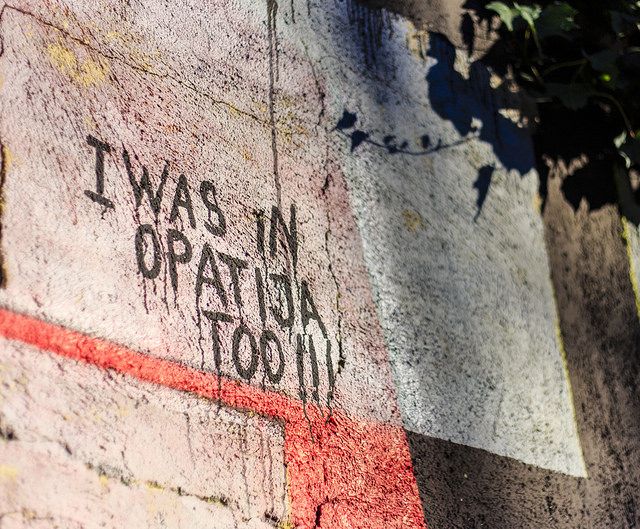
Bernhard Wintersperger on Flickr
14. Angiolina Park
The gorgeous, lush oasis deserves an individual mention: “Angiolina Park is one of the most celebrated parks in Croatia and the most famous park in Opatija. With a great variety of plant species from different parts of the world, this park can be described as the green heart of the town. The camellia, which thrives in this park, has become a symbol of Opatija. Apart from this wonderful flower, Angiolina Park is also home to the American pine, Himalaya cypress, glossy-leaf paper plant, and almost 150 other plant species. Thanks to the area’s favourable Mediterranean climate and careful maintenance by diligent gardeners, Angiolina Park always has a perfect appearance.” Read more here.
15. Museum of tourism
What would be the perfect venue to host the Croatian Museum of Tourism? The oldest villa in Opatija, naturally: the 1844 Villa Angiolina is home to a charming little museum specialising in telling stories about the history of organised tourism in Croatia. Every project they prepare is a gem, and the 2017 exhibition of vintage postcards was a personal favourite of mine.
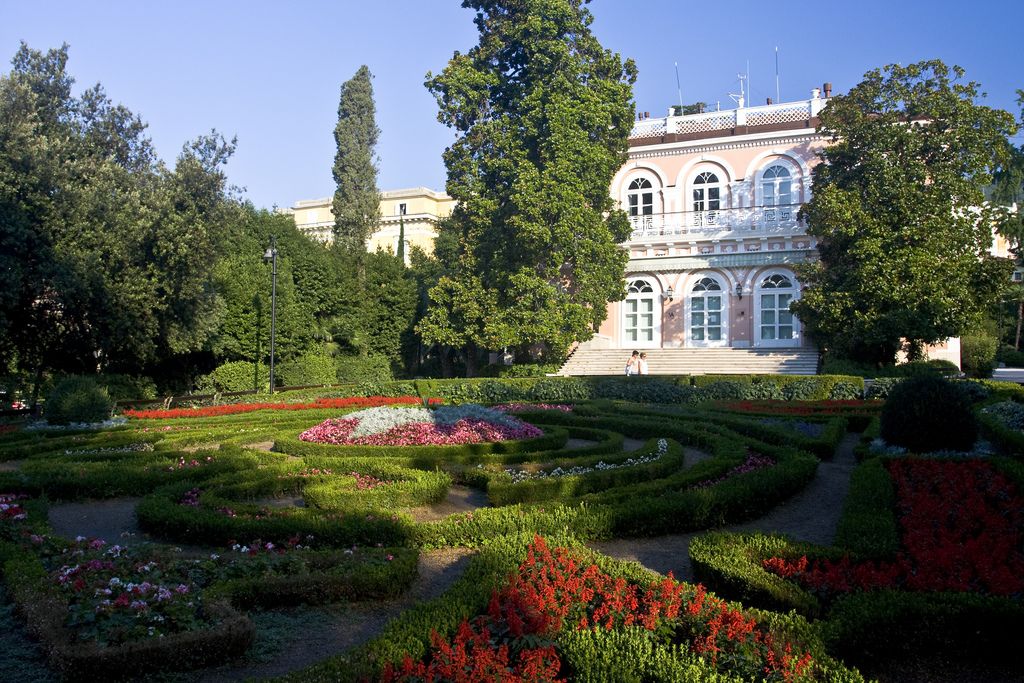
Villa Angiolina / Federico on Flickr
16. Terraces galore
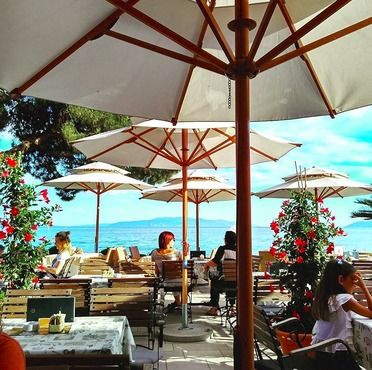
If there’s even been a place to lay back and enjoy some downtime, it’s Opatija. The town is lined with countless hotels and bars, providing an abundance of terraces with a view of the mesmerising landscape. Order a cocktail, breathe out, and revel in the relaxed atmophere.
17. Birthplace of genius
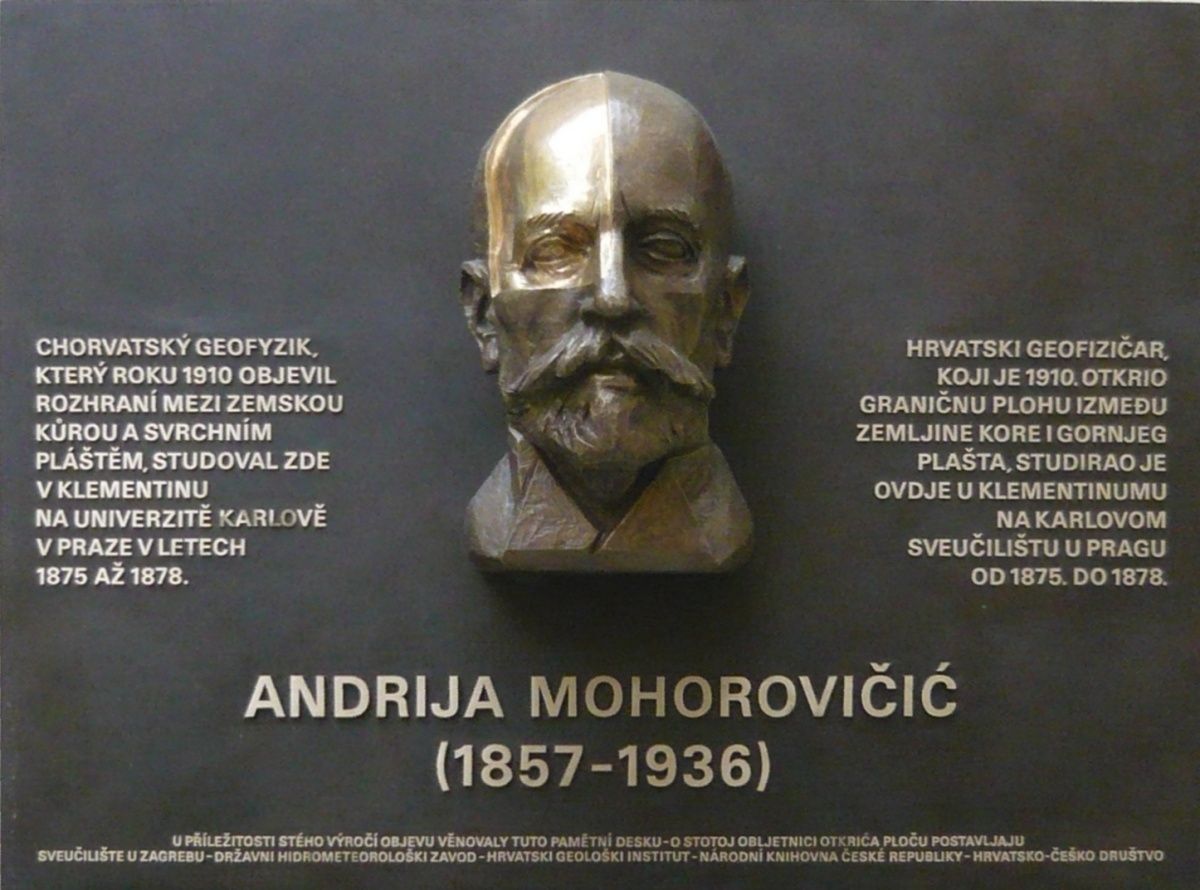
Andrija Mohorovičić, a Croatian meteorologist and seismologist, was born in the small town of Volosko near Opatija. An earthquake near Zagreb in 1909 led Mohorovičić to discover the boundary between the Earth’s crust and the underlying mantle, which is nowadays referred to as ‘Mohorovičić discontinuity’, Moho for short. The scientist is considered one of the founders of modern seismology; take the Lungomare to Volosko to see his place of birth and read more about Moho here.
18. Šahtenstrasse
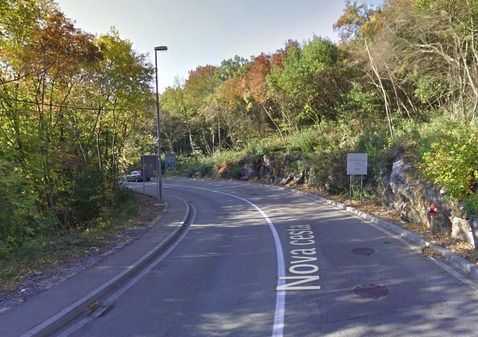
The road you need to take to get from the highway to Opatija bears the somewhat dull name of Nova Cesta, the new road. However, a certain feature led the locals to name it Šahtenstrasse, šahta standing for manhole in Croatian: the road is covered in approximately 200 manholes scattered on a relatively short distance. While Kaštel Štafilić near Split takes the record with 118 manholes in a single street, our Šahtenstrasse provides the opportunity to engage in an amusing game called ‘count the manholes as you drive by’. It’s impossible to stay focused – the farthest I ever got was 87. Give it a try.
19. Grand Prix
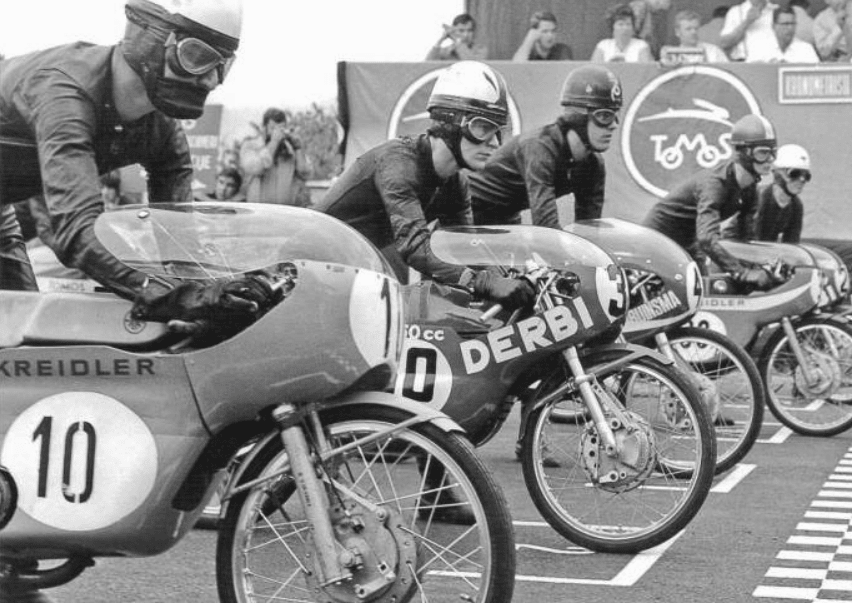
Step aside, Monaco. Opatija used to host one of the most famous motorcycle races in Europe – the Adriatic Grand Prix, held on a 6-kilometre track from Preluk to Opatija between 1939 and 1977. As the region was ruled by Italy in the 30s, the track was first known as Circuito di Abbazia (Opatija Circuit) and Circuito del Carnaro (Kvarner Circuit). It became internationally popular after the Italian team decided to compete in Opatija instead of participating in the French Grand Prix in Rheims. The rest is history, as they say – read more here.
20. Carnival
While Rijeka is home to one of the most famous carnivals in the world, Opatija has its own children-friendly version. Every year, the town welcomes a merry carnival parade with hundreds of kids donning colourful costumes, ending in a big bash at the Slatina beach. This year, the festivities are set for Sunday, January 28.
21. Soapbox race
When the Grand Prix fame died down, Opatija didn’t allow for racing to go out of style, instead introducing a peculiar manifestation named Balinjerada. The race features hand-made vehicles running on ball-bearings (balinjere in Croatian) which zoom past the delighted audience gathered along Opatija’s main street. Both the drivers and their vehicles don themed costumes, giving the entertaining race an air of a next-level carnival. Take a look:
22. Walk of fame
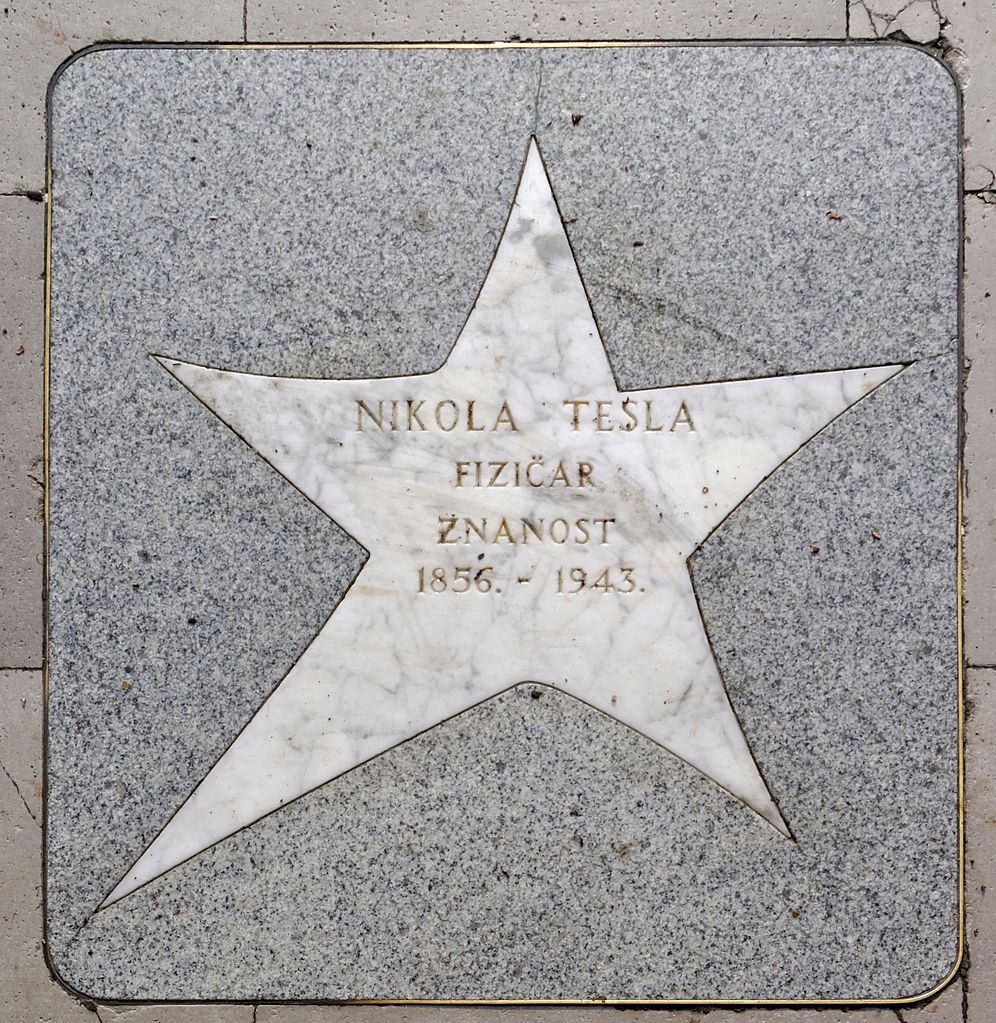
Not planning a visit to Hollywood any time soon? Head to Opatija to see the Croatian version of the renowned Walk of Fame. Not to be confused with the Wall of Fame, the project was devised by the Apriori Communication agency in 2005 to pay tribute to famous locals known for their achievements in sports, culture, science and other various fields. The star-studded promenade spans along the Slatina beach in the centre, featuring tributes to Nikola Tesla, Dražen Petrović, Janica Kostelić and other renowned names. See the full list here.
23. Ode to chocolate
Opatija sure knows how to attract visitors: every year, the town hosts its traditional Chocolate Festival. Numerous hotels, cafés, restaurants and bars join the extravaganza, presenting a broad range of edible creations that are so stunningly designed and decorated, it’s almost a shame to take a bite out. It doesn’t stop us, though.
24. Open Air Theatre
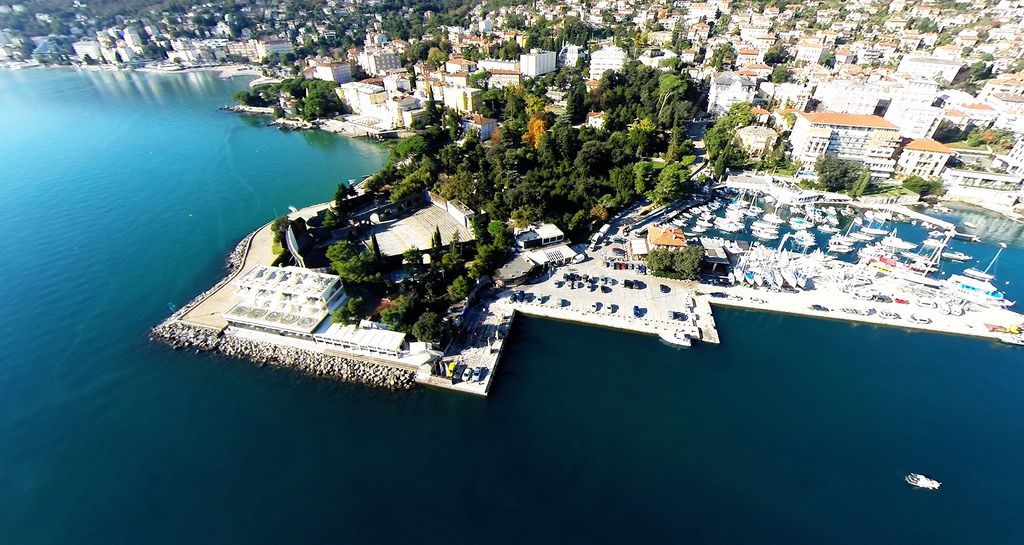
Angiolina Park and Open Air Theatre / Flickr
Angiolina Park is home to the magnificent Open Air Theatre which hosts the Opatija Festival in summer months. The main stage area has a seating capacity of 2500, representing a fantastic venue for various concerts, dance performances, and film screenings. The location was originally intended to house a much different type of venue, “a multipurpose health resort palace (Kurpalast), for which there was a public tender inviting for architectural bids in 1911. The architects Marcel Kammerer, Otto Schönthal and Emil Hoppe drafted a blueprint of a palace with ballrooms for balls and concerts, swimming pool with artificial waves, shops and cafés. Unfortunately, the onset of the World War I disrupted this splendid development of Opatija. After the war was over, by the Treaty of Rapallo from 1920, Istria – with Opatija included – came under the Italian rule and instead of a health resort palace, the Open Air Theatre was built.” Read more here.
25. A friendly face
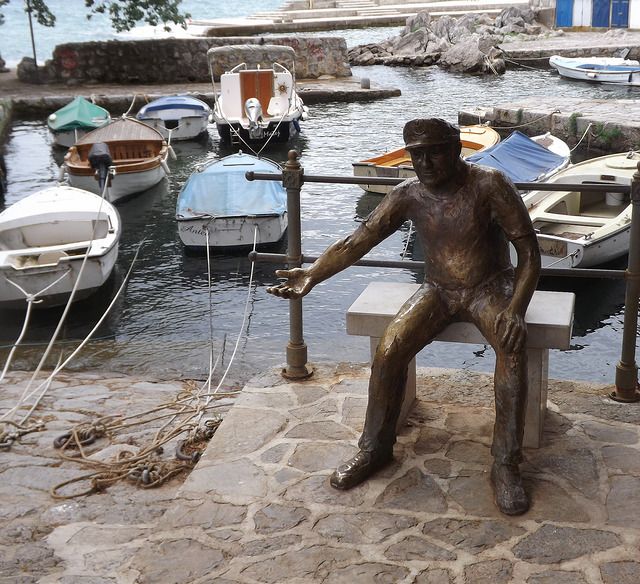
Jeremy Sutcliffe / Flickr
Take the Lungomare to the centre, and a minute before you reach the Slatina beach, you’ll come across a darling small port nestled in the tiniest ‘bay’ in town. The bobbing boats have their own guardian, a bronze sculpture of a seated fisherman who won’t mind if you take a photo sat next to him – or in his lap. We won’t judge.

